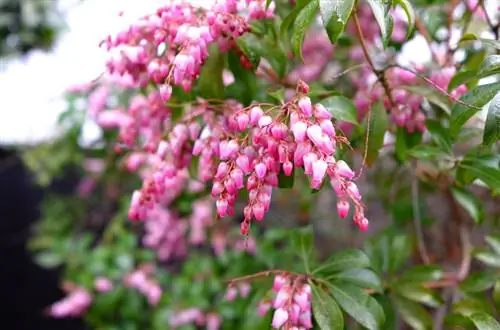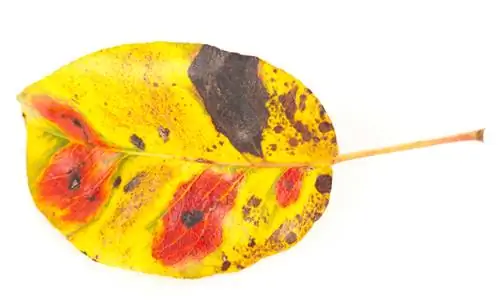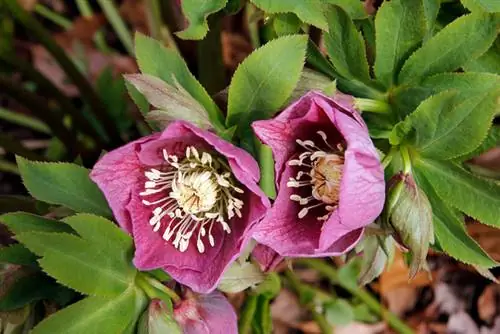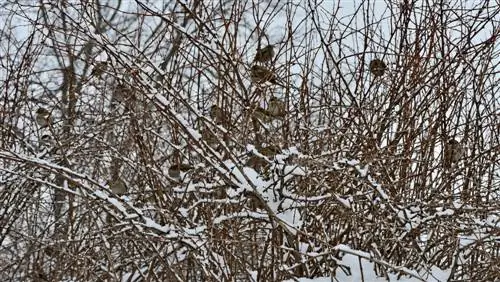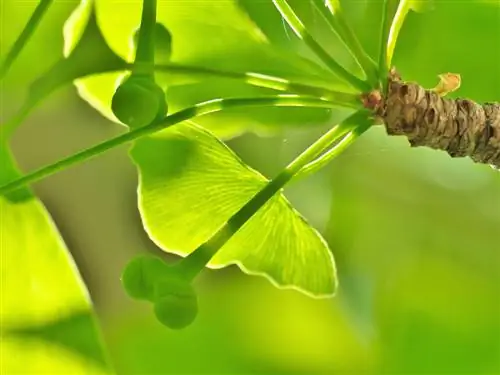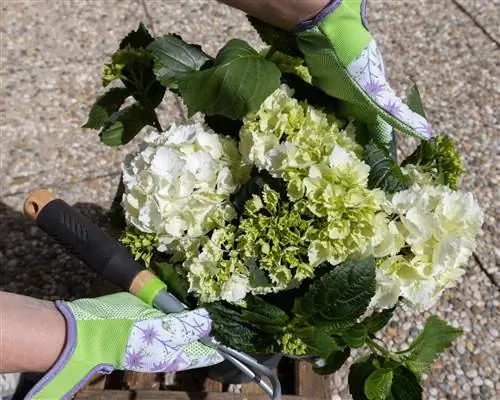- Author admin [email protected].
- Public 2023-12-16 16:46.
- Last modified 2025-06-01 06:02.
If she is full of he alth, there is no reason to take a closer look at her. But suddenly yellow leaves appear, accompanied by worry lines on the forehead. Which diseases and pests can be dangerous to the lavender heather?

Which diseases commonly occur in lavender heaths?
The most common diseases and pests in lavender heaths are the Andromeda web bug, root rot and wilt fungus. They can be prevented by partially shaded locations, moderate watering, regular fertilization and strengthening with manure. Affected shoots should be removed.
The Andromeda web bug - a nasty opponent
This bug, which has a rather peculiar name, is not to be taken lightly. If you let it run wild, you won't be able to enjoy your lavender heather for long. Why? Because this bug and its larvae gradually suck the leaves of this plant.
This indicates an infestation
Take a close look at the lavender heath! You can recognize a web bug infestation by the following symptoms:
- yellow, later drying and falling leaves
- often speckled leaves
- 3 to 4 mm large bugs with reticulated wings
- eggs laid on the underside of the leaf
- black, lacquer-like shiny droplets of droppings on the undersides of the leaves
What factors promote an infestation and how to combat it
An infestation by the Andromeda web bug is favored by warm and dry weather and sunny locations in summer. You can prevent this by planting this plant in partial shade. You can also strengthen the plant by treating it with manure.
Since the eggs are laid from August, you should check the plant for an infestation beforehand and take measures to combat the bug(s). If necessary, only an insecticide can help.
The two most common diseases: root rot and wilt fungus
The lavender heather is usually robust. But if care is not taken properly, wilt fungus can occur. The leaves turn yellow and eventually die. The affected shoots should be removed immediately. In addition, root rot can occur - usually due to too frequent watering.
Prevention is better than cure
There are various measures how you can make the shadow bell unattractive to pathogens and pests:
- plant in a partially shaded to shady, protected location
- water regularly but moderately
- Pot culture: fertilize every 3 weeks
- Outdoor culture: fertilize in spring
- cut with clean tools
- strengthen with manure
Tip
Sick or pest-infested specimens should not be used for propagation via cuttings or planters. The diseases are transmitted and the pests are often passed on.

